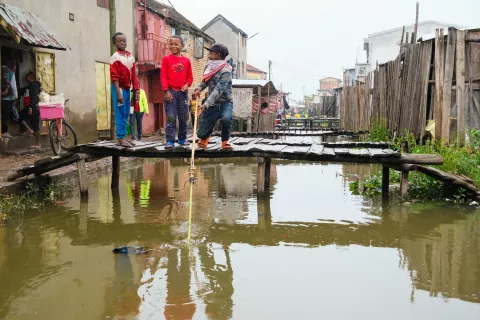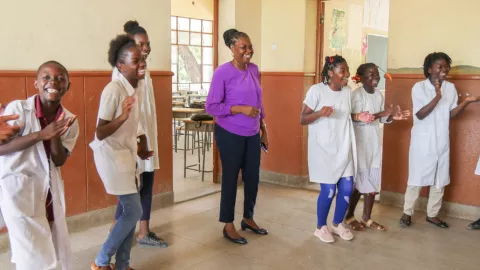Mind the Gap: Child and adolescent mental health and psychosocial support interventions
An evidence and gap map of low and middle-income countries

Highlights
Mental disorders affect about 1 in 7 children and adolescents worldwide, with 50% arising before the age of 14. Despite the high burden and early onset, most conditions remain unrecognized and untreated. We mapped evidence on the effectiveness of child and adolescent (ages 0-19) mental health and psychosocial support interventions in low- and middle-income countries within the last 12 years and identified 697 records from 78 countries.
The field is reactive rather than proactive, with most interventions focusing on treatment rather than promotion or prevention. Most mental health research is conducted in educational settings and focuses on early and late adolescence. Research on early childhood interventions as well as evidence to address the mental health and psychosocial needs of children in humanitarian settings are scarce.
Mental health intervention research lacks diversity: less than one third of studies and reviews focused on specific population groups. Despite the known potential for digital interventions to overcome a range of barriers, the field is understudied with very limited evidence across all outcomes. In 60 countries, no research was identified. There were also important geographical disparities and research gaps in West and Central Africa.





